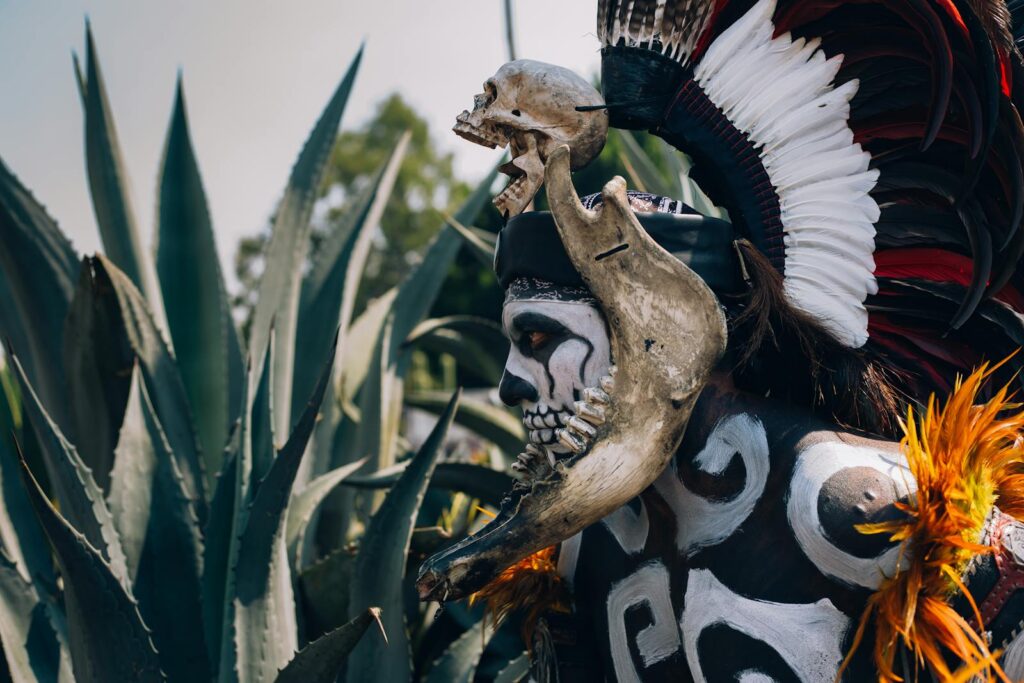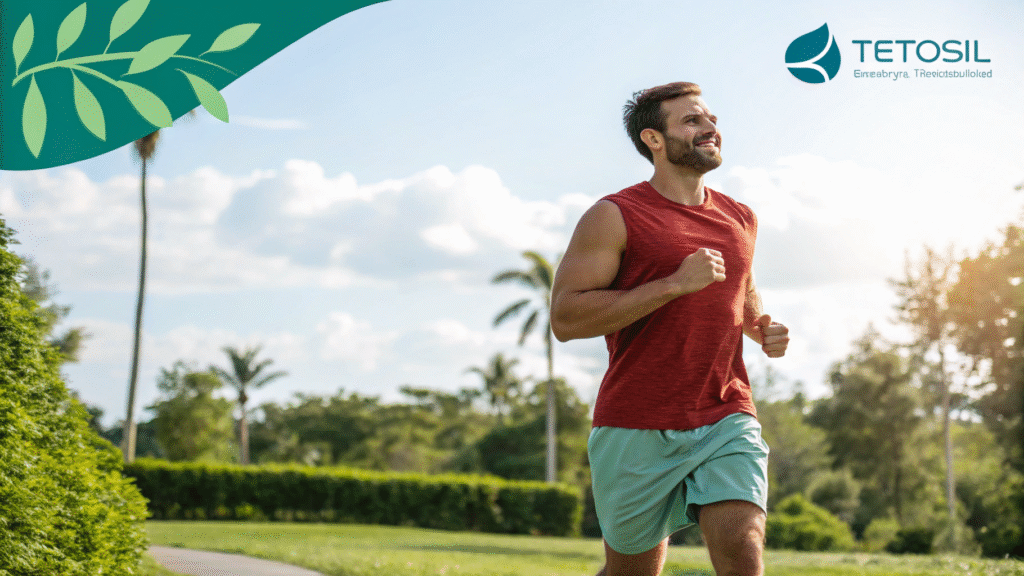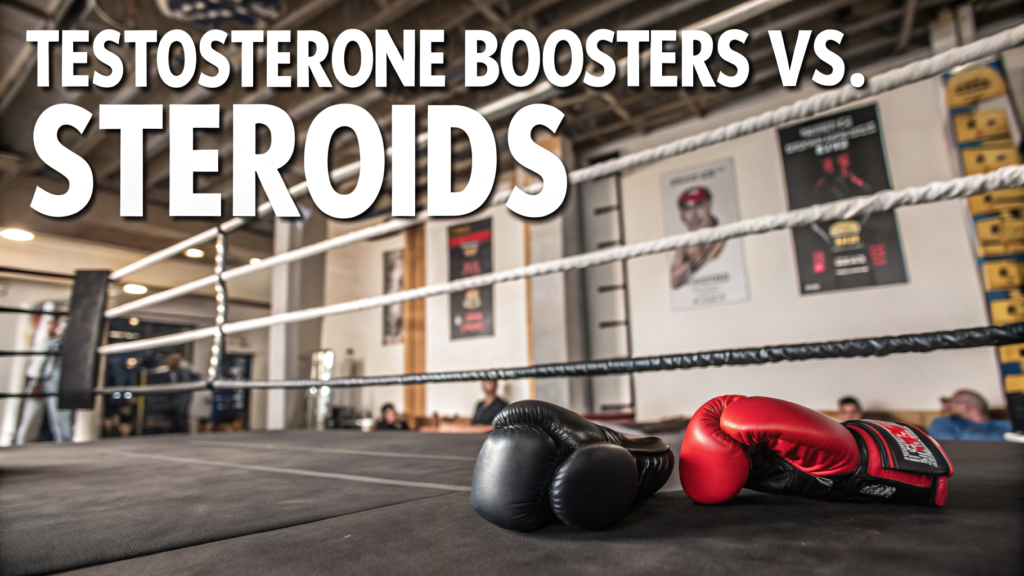Before the European invasion, Indigenous peoples across North America employed various natural methods and practices aimed at enhancing male virility and overall health.
While these practices may not align with modern definitions of male enhancement products, they reflect a deep connection to nature and a profound understanding of the body that has been passed down through generations.
Cultural Beliefs and Rituals
Indigenous cultures had rich traditions surrounding masculinity, fertility, and virility. Many tribes celebrated rituals that honored male strength and prowess. These rituals often involved the use of natural substances believed to enhance vitality and endurance.
Spiritual Practices:
Ceremonies involving sweat lodges and fasting were commonly practiced to purify the body and spirit, believed to enhance one’s physical and sexual vitality.
Herbal Remedies: Native American medicine men and women utilized a variety of plants and herbs for their healing properties, many aimed at enhancing reproductive health.
Commonly Used Herbs and Plants
Several natural ingredients were favored among Indigenous communities for their alleged male enhancement properties:
Ginseng: Known for its energizing and revitalizing qualities, ginseng was often used to enhance stamina and sexual performance.
Maca Root: A Peruvian root, although not strictly Indigenous to North America, was known to some tribes for its aphrodisiac properties and ability to boost fertility.
Sassafras: Used in various applications, sassafras was believed to help enhance men’s health and vitality.
Lifestyle and Diet
Diet played a crucial role in maintaining male health among Indigenous peoples.
Natural Diet: A diet rich in whole foods, including fish, game, nuts, fruits, and vegetables, contributed to overall health and vitality.
Physical Activity:
Active lifestyles that included hunting, fishing, and engaging in community activities fostered fitness and stamina, vital components for maintaining virility.
Differences from Modern Products
While contemporary male enhancement products often focus on quick fixes powered by synthetic ingredients, Indigenous methods emphasized a holistic approach involving natural remedies, spiritual beliefs, and physical wellness.
Connection to Nature:
Indigenous practices were not just about physical enhancement but also emphasized a harmonious relationship with nature and spiritual well-being.
Community Involvement:
These practices fostered community bonding and shared knowledge, unlike today’s often solitary consumption of enhancement products.
Conclusion:
The exploration of male enhancement practices among Indigenous communities before European colonization reveals a wealth of knowledge rooted in tradition, nature, and spirituality. While modern society offers a wide range of synthetic products, the natural, holistic methods used by Indigenous peoples underscore the importance of diet, lifestyle, and community in enhancing male vitality.
The legacy of these practices still resonates today, reminding us of the value of traditional knowledge and the enduring connection between body and nature.This historical insight encourages a reevaluation of how we approach health and wellness, inviting a return to natural and holistic practices.






